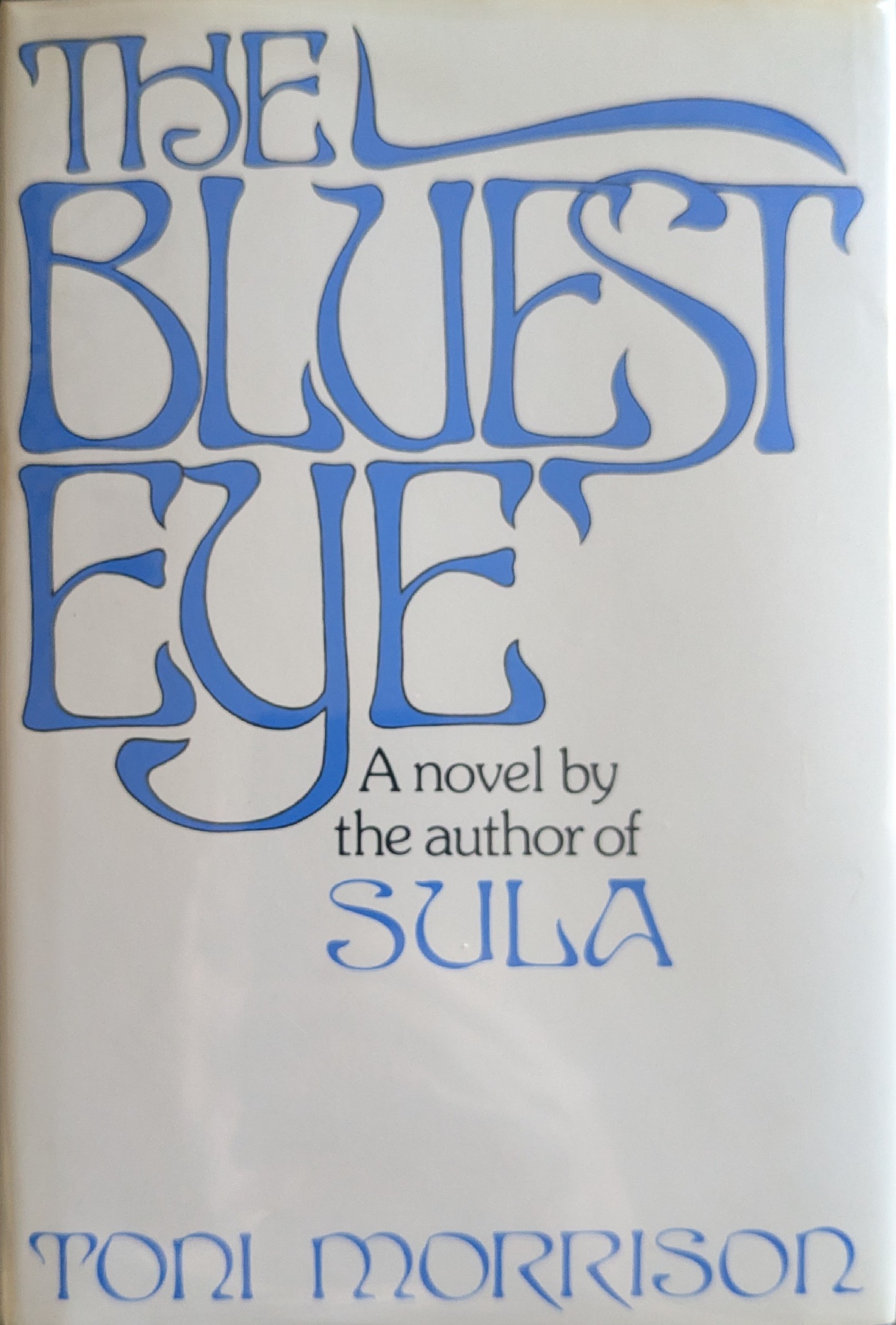Julia_98 reviewed The Bluest Eye by Toni Morrison
Staring Into Pecola’s Eyes: A Reflection on The Bluest Eye
5 stars
Reading The Bluest Eye by Toni Morrison was not just a literary experience—it was a reckoning. Told through fragmented perspectives, the novel follows Pecola Breedlove, a young Black girl in 1940s Ohio, who yearns for blue eyes, believing they will make her beautiful and loved. What unfolds is not simply her story, but an indictment of a society infected by racism, internalized self-hate, and generational trauma.
As I read, I didn’t feel like a distant observer. I felt complicit, uncomfortable, and ultimately heartbroken. Morrison’s language is both poetic and punishing. Her prose doesn’t ask for permission—it demands attention. I found myself stopping mid-paragraph, re-reading lines, feeling gutted by how brutal and beautiful they were.
What struck me most was how Morrison refuses to offer easy comfort. Pecola’s descent into madness isn’t romanticized. It’s raw. Her world doesn’t change. It breaks her. And yet, Morrison doesn’t write tragedy for tragedy’s sake—she writes to expose the forces that destroy innocence, especially for Black girls.
This novel left me silent after the last page. It sharpened my awareness of how beauty standards and systemic violence intersect. I didn’t just read Pecola’s story—I carried it with me. Morrison makes sure you can’t look away, and honestly, I don’t think I ever will.
Reading The Bluest Eye was painful. Necessary. Unforgettable.

